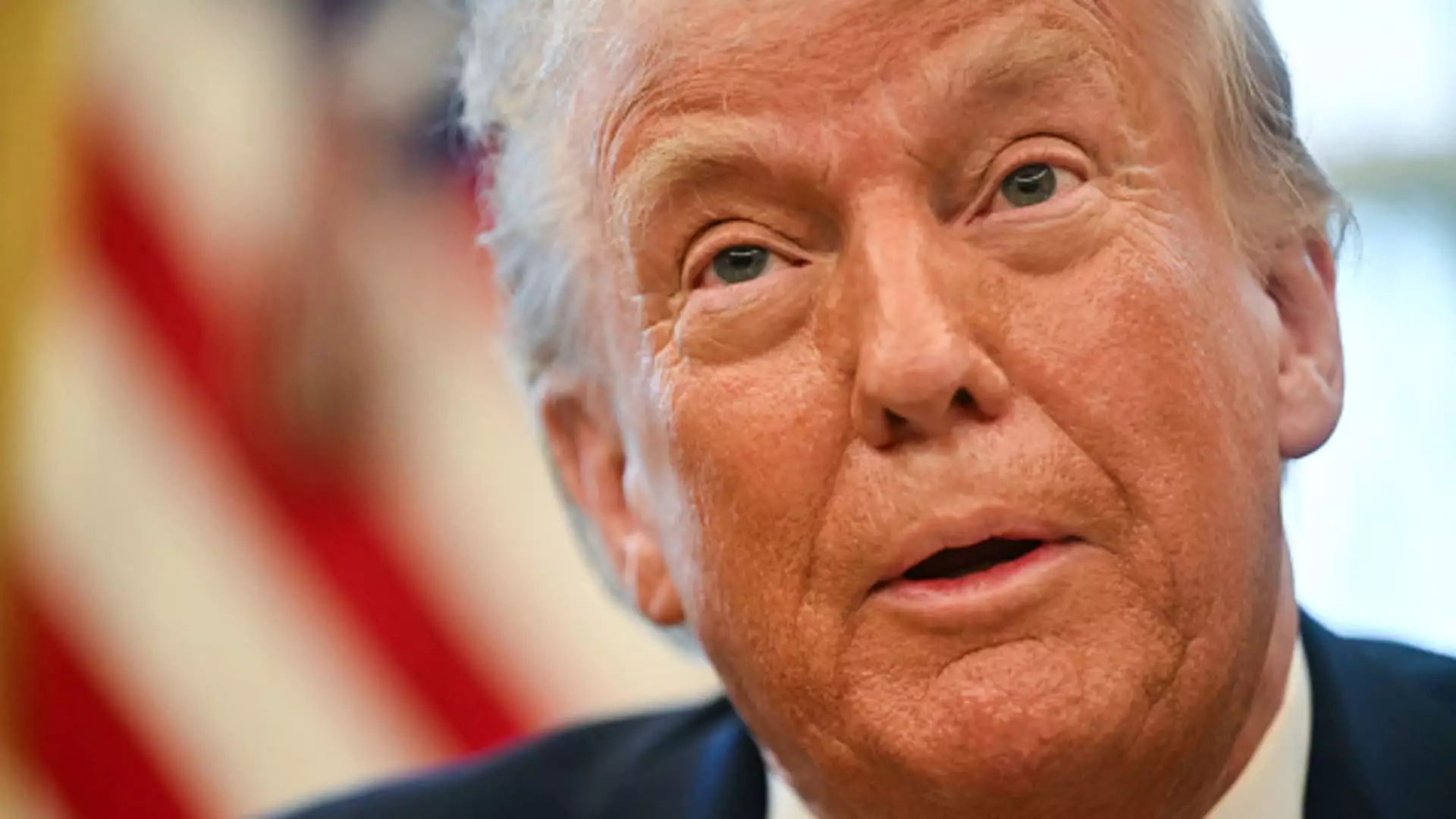On a meaningful Monday, President Donald Trump unveiled an executive order that introduces the concept of a government-operated sovereign wealth fund aimed at economic development. The initiative is not merely an economic tool but is also seen as a strategic maneuver to assert U.S. influence globally, particularly in regions like Panama and Greenland. With plans to invest in crucial infrastructure such as airports and highways, this proposed fund could significantly reshape economic engagement strategies while leveraging domestic assets for the American populace.
The fund aims to create liquid assets that can be harnessed for community-focused initiatives. According to Treasury Secretary Scott Bessent, this venture promises to “monetize the asset side of the U.S. balance sheet,” pointing to a focus on utilizing existing national resources effectively. Interestingly, the prospect of funding through tariffs hints at an innovative approach to addressing the nation’s fiscal challenges. In contrast to countries that have successfully launched sovereign funds by taxing resources, the U.S. would need to explore diverse revenue channels amid its ongoing budget deficits.
A Comparative Analysis with Global Counterparts
Historically, sovereign wealth funds have been a hallmark of smaller, resource-rich countries like Norway and Singapore, which maintain substantial fiscal surpluses. The alarming reality for the U.S. is its dependency on Treasury debt, a stark contrast to nations with robust sovereign wealth frameworks. Norway, for instance, boasts the largest sovereign fund, exceeding $1.7 trillion in assets. This disparity prompts questions about the sustainability and efficacy of a U.S. fund as a competitor against established giants like China.
One prominent application of the proposed fund is its involvement with TikTok, the popular social media platform. Given ongoing security concerns, the administration’s approach of potentially incorporating TikTok into the fund’s framework raises eyebrows. While Trump has signaled support for a partnership, critics voice their skepticism regarding the implications of linking a sovereign fund to a private entity, especially given the backdrop of national security debates.
However, the critical analysis of this proposal does not stop at economic theory. A significant concern arises regarding the governance of such a fund. Poor transparency has marred the operations of existing sovereign wealth funds, leading to corruption and conflicts of interest. If similar governance structures aren’t ensconced within the U.S. framework, it may face similar criticisms and challenges.
The Road Ahead: Opportunities and Obstacles
While the establishment of a U.S. sovereign wealth fund offers numerous economic opportunities and avenues for growth, it is not without potential pitfalls. The balance between strategic economic development, resource allocation, and stringent governance will dictate the fund’s success. For the American populace, navigating this ambitious plan requires a clear-eyed assessment of fiscal responsibility, transparency, and a commitment to effectively utilizing national assets, all of which will be crucial as the proposal develops over the coming year.

